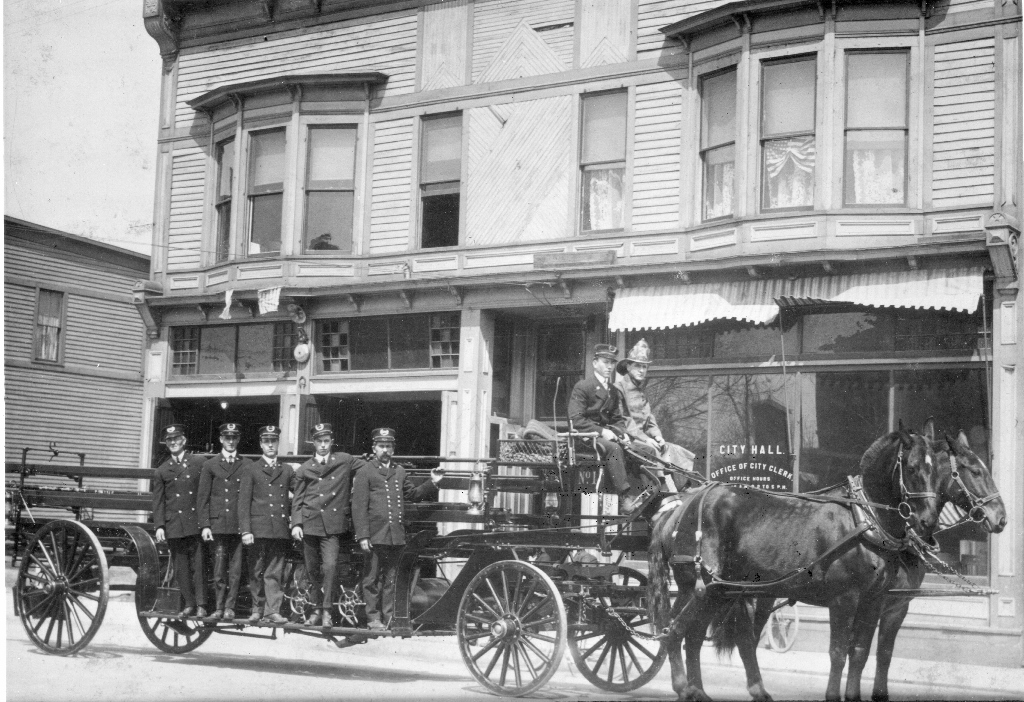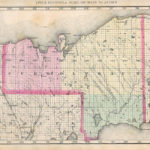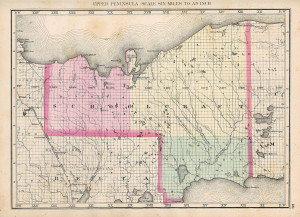
Source: Manistique Pioneer Tribune, Thursday, June 30, 1938, p.2
THRILLS OF OLD TIME FIRE DEPARTMENT GONE AND FORGOTTEN
Nothing was more exciting to youngsters in years gone by than to gaze with awe-filled eyes upon the dashes of the fire department in its mad effort to reach the scene of a blaze. Travel, then, was decided slower and fire fighting equipment was ill adapted and meager for the combating of huge conflagrations; but, at least, the wild and hurried trips of the fire heroes must have been picturesque, with the older fire engine drawn by a team of galloping bays, with sparks sprouting forth from its boiler, and being followed by the careening two-wheeled hose cart and hook-and-ladder, is a vivid picture which is indelibly impressed upon the mind of the average boy and girl in those days. Excitement was more intense, and many a heart beat faster in hopes of seeing their idols battle a real honest-to-goodness blaze. Fires then were real events; now they are mere occurrences.



